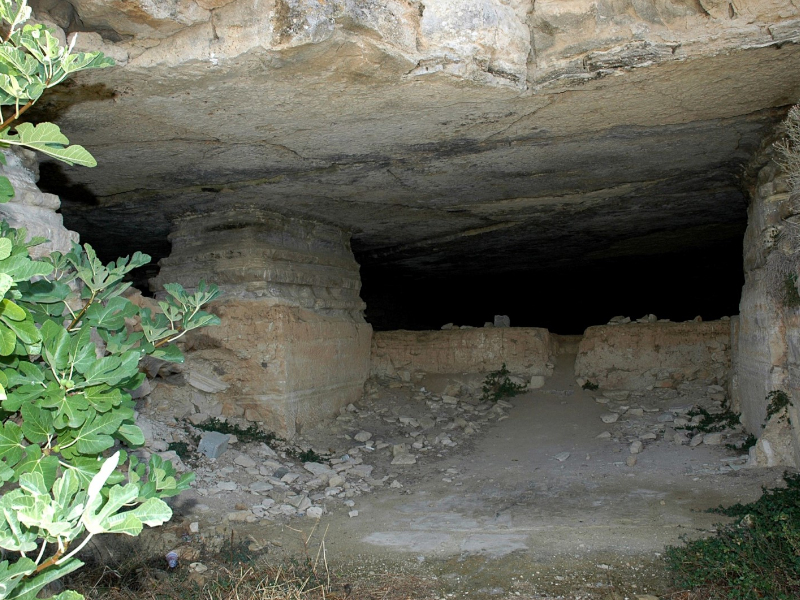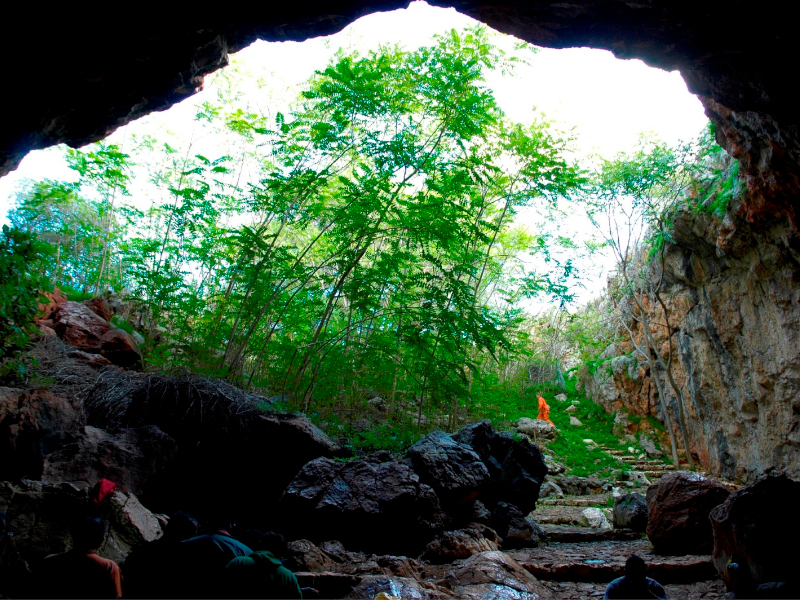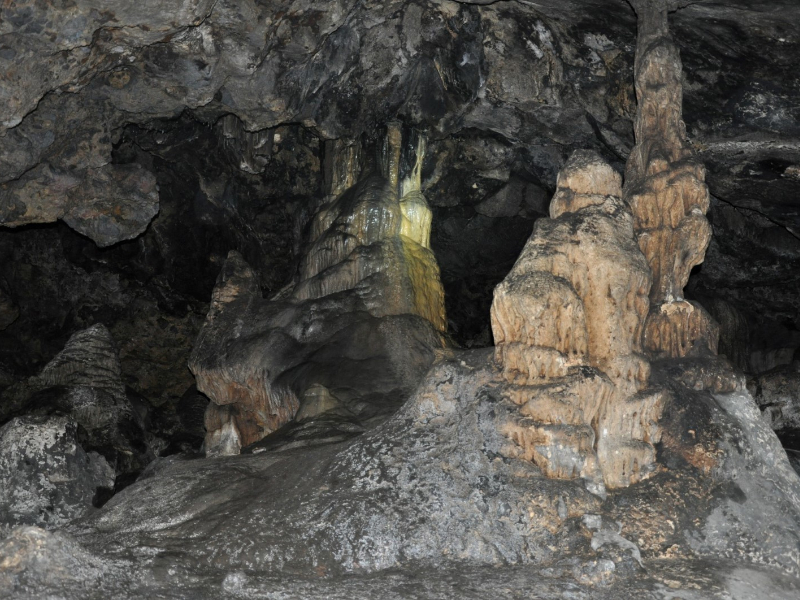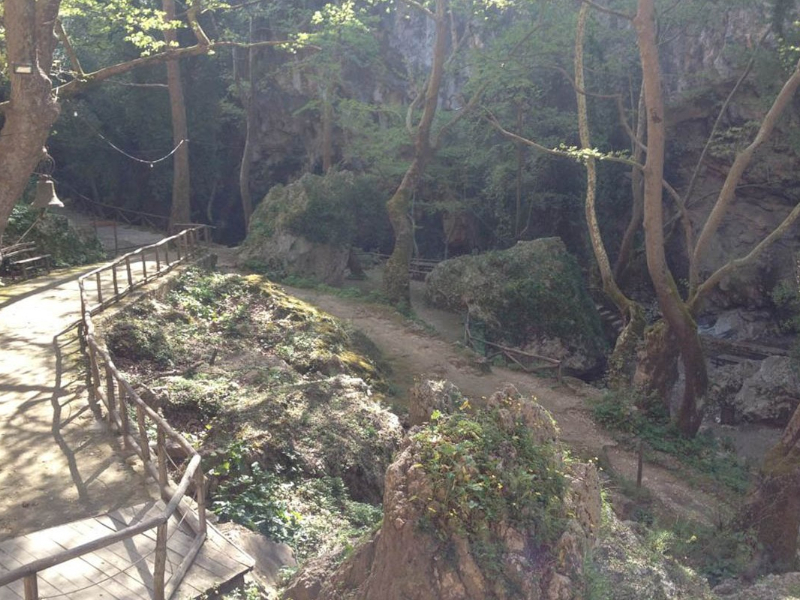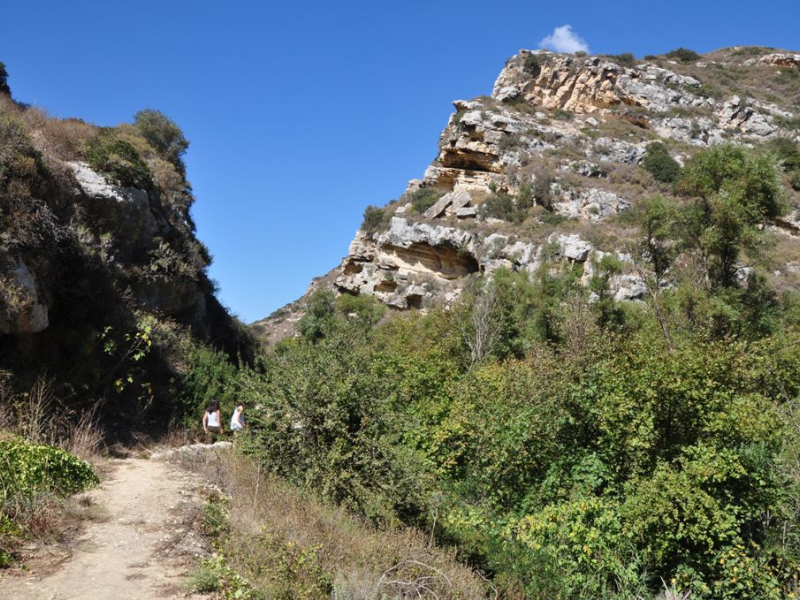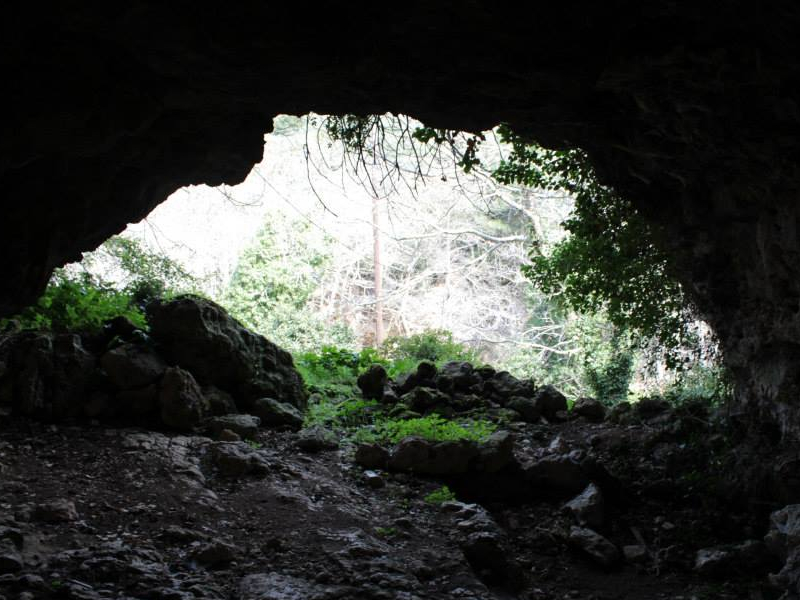It is dominated by gentle slopes with vineyards and a plenty of valleys with small canyons.
Generally the climate of Crete has contributed to the creation of a very rich flora, with different ecosystems, which combine a unique collection. Maybe there is no other region, with the size of Crete, has so many plant species. There are 1624 original native species on the island, 170 of them are indigenous to Crete. Endemic plants are unevenly distributed and are mostly found in high mountains, canyons and isolated areas. Some of them are very rare or almost eliminated.
The nature of Heraklion prefecture is characterized by abundant olive groves and vineyards, low vegetation dominated by garrigue and aromatic plants and also a variety of species and colors from its endemic plants.
Similar in variety and interest is the fauna of the island. Due to its geographic position and its paleogeographic and geological history, there are animals which feature elements of heterogeneous origin.
The majority of them are in mountain ranges, gorges and caves (unique ecosystems for shelter, feeding and rest). The most important kinds in the area are small mammals, rodents, amphibians, reptiles, invertebrates and vertebrates, while the most popular animals are ferrets, martens, hedgehogs, asbestos, etc.
Also very interesting are the populations of birds such as predators, which meet in the ecological park of Yiouchta, where exists one of the largest colonies of predators in the European area.
Caves
Due to the limestone composition of the rocks, we have a significant presence of caves in the mountainous areas, most of which have been used in antiquity as worship spaces since the Minoan religion is related to the Chthonic Deities.
Crossing the mountainous areas of Dikte and Psiloritis mainly in the Halazokefalas mountain range, is found that everywhere the effect of the natural phenomena creates the karstic phenomena at the permeable gray rock. In some areas, the karst is extremely impressive and has formed hundreds of limestone sinkholes as if created by meteor shower.
Kamaraiko cave
Location
Municipality: Tympakiou
Prefecture: Heraklion
One of the most important caves in Crete, is located at 3-4 hours distance of a difficult steep course north of the village of Kamares, at an altitude of 1530.
Just above the cave is the Mavri Korfi, one of the two peaks that form the mythical saddle of Digenis. It is about 40 meters long with a large downhill gradient which ends in a small chamber, decorated with stalactites and stalagmites.
Labyrinth Cave
Location
Municipality: Miron
Prefecture: Heraklion
One of the most important caves in the prefecture of Heraklion is the Labyrinth and the small Labyrinth. These are two artificial caves, important monuments for the whole island. They were quarries of ancient Gortyn which are located on the southern and northern side of the smooth hill south of Moroni village.
The Labyrinth cave has its entrance on the southern side of the hill and consists of a set of artificial tunnels that create a complex network of corridors of a total length of 2,500 meters along the tunnels and there are many carved chambers with walls and columns of huge dimensions. In many chambers there are traces and references of travelers and visitors from the 15th century AD.
Agia Paraskevi Cave (Skotino)
Location
Municipality: Gouves
Prefecture: Heraklion
Northwest of the village Skotino we come across the cave of Agia Paraskevi.
After the entrance there is a large hall, the “Great Temple” (130 meters long, 33 meters wide and 30 meters high), where impressive clusters of stalagmites and stalactites are found. The next room, the “Altar” is smaller in size (24×8,5×25) and there are evidence that sacrifices took place here.
In the far left of the first room, a descent leads to the “Sanctuary” (Aditon), a 15x8x3m chamber. From there, an ascending walkway leads, from another exit, back in the first room.
Between the Altar and the Sanctuary, a path of 12m length, ends in the ‘House of Worship’ (12x12x14) that reminds of a dome and has a spectacular natural decor. A rise of 4m leads to the ‘Hall of Prayer’ and finally, a small narrow chamber is shaped (the locals call it ‘church’). The length of the cave is 170m, with a total area of approximately 2.500 sqm and a touristic path of 450 meters. Systematic excavations have not been done in the cave, but surveys have shown that it served as a place of worship in the Minoan period Many of the stalagmites of the cave bear traces of treatment and are likely to have been objects of worship.
Eileithyia Cave
Location
Municipality: Gouves
Prefecture: Heraklion
The cave is located in the area south of Amnissos and was dedicated to Eileithyia (who was born by Zeus and Hera) and she was the mother of God of Love.
It was discovered during the last century and is also known as Neraidospilios. The inside is elongated (length 60m and width 9-12m.), while the archaeological findings indicate the systematic use of the cave as a sanctuary from the Neolithic to the Roman period.
In the center of the cave there is a rectangular altar or vault, surrounded by two cylindrical stalagmites resembling to human figures. The cave also refers to Homer as a stopover for Odysseus’ journey. During the excavations were found traces of worship of the Early Christian period.
Gorges
The geological structure of the mountainous areas of the prefecture of Heraklion has encouraged the creation of a large number of canyons, which contribute to the development of such a rich geomorphological landscape. In the inland of Heraklion, the combination of this rich geomorphological landscape with the ideal weather conditions of the island contributed to the creation of an astonishing natural environment which culminated with the slopes of the local canyons.
Agios Antonios Gorge
Municipality: Gorgolaini
Prefecture: Heraklion
It is an area of unique natural beauty and starts from the village of Ano Asites. Along the way passes the European E4 Mountaineering Trail. There are rare species of flora and fauna that are protected by the European legislation.
At the entrance you will find the homonymous small chapel.
Agios Nikolaos Zaros Gorge
Municipality: Zarou
Prefecture: Heraklion
It is the most impressive gorge of central Crete in terms of vegetation and geomorphological creations.
In a north-south direction it crosses the imposing Southern mountainous complex of Psiloritis and connects the forest of Rouva to the north with the Koutsoulidi river valley to the south, at Zaros area, one of the most beautiful capital villages of Crete, well known from since antiquity for its spring waters.
At the northern entrance of the gorge is the chapel of Agios Giannis, where the forest service has created a recreation area.
The total length of the gorge from the chapel of Agios Ioannis to the monastery of Agios Nikolaos from where it took its name is 4 km and passing through the gorge takes about 1.5 hours.
Astrakiano Gorge
Municipality: Nikou Kazantzaki
Prefecture: Heraklion
It is the largest of the area with a total length of about 12.5 km. It starts northwest from Kolomodi and runs through the Astraki village (Municipality of N. Kazantzakis), the sources of Miliaras and the boundaries of the Karteros region. The route in the canyon is rich in natural, morphological and cultural features.



